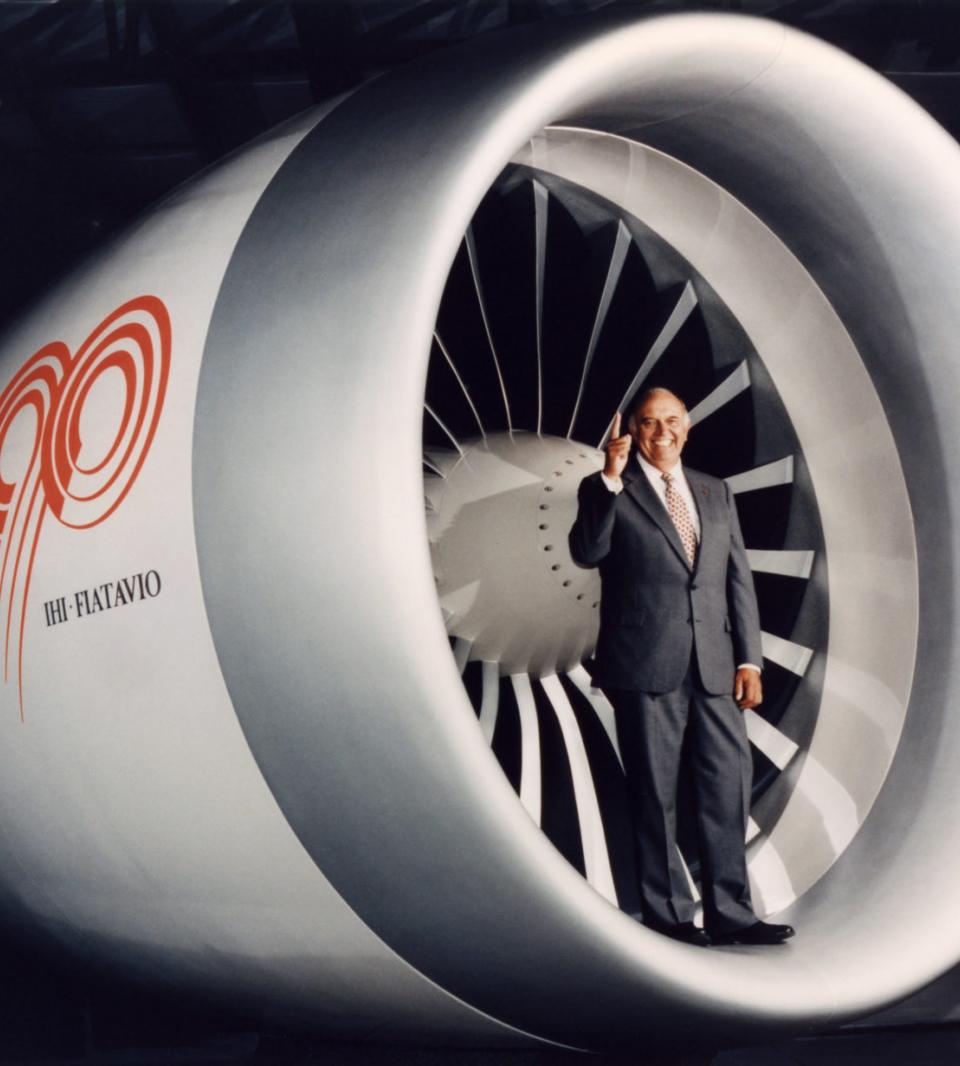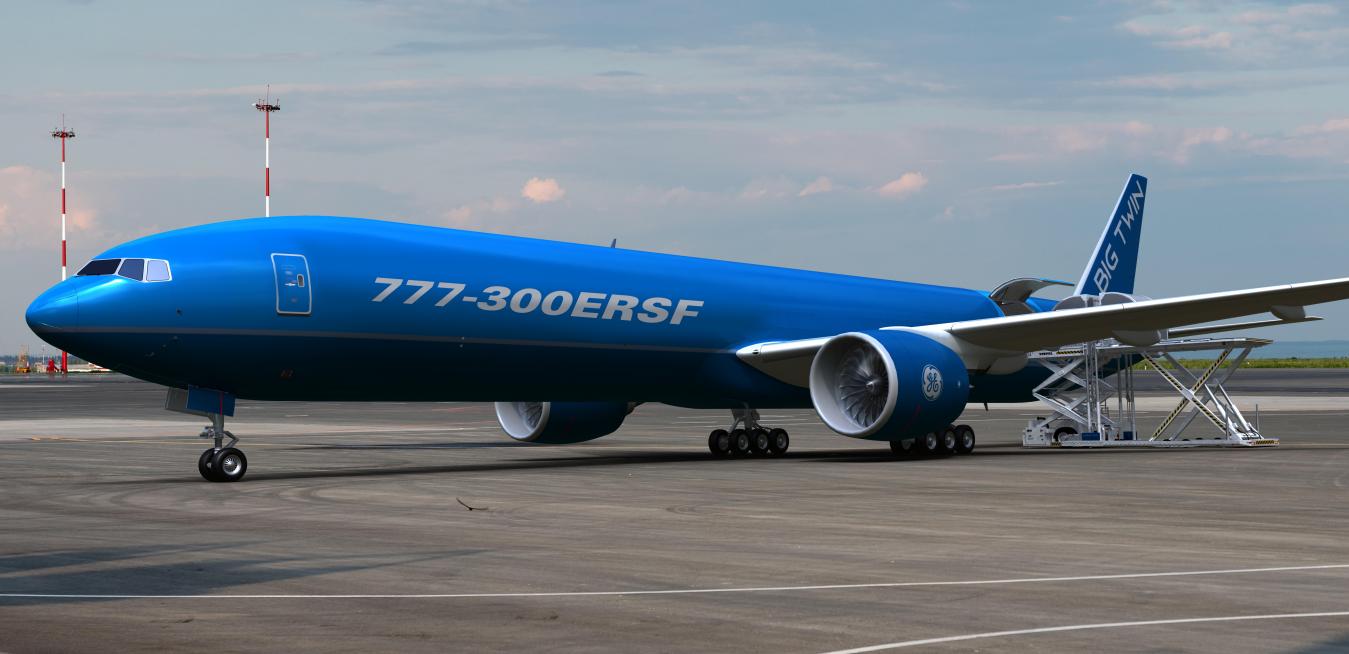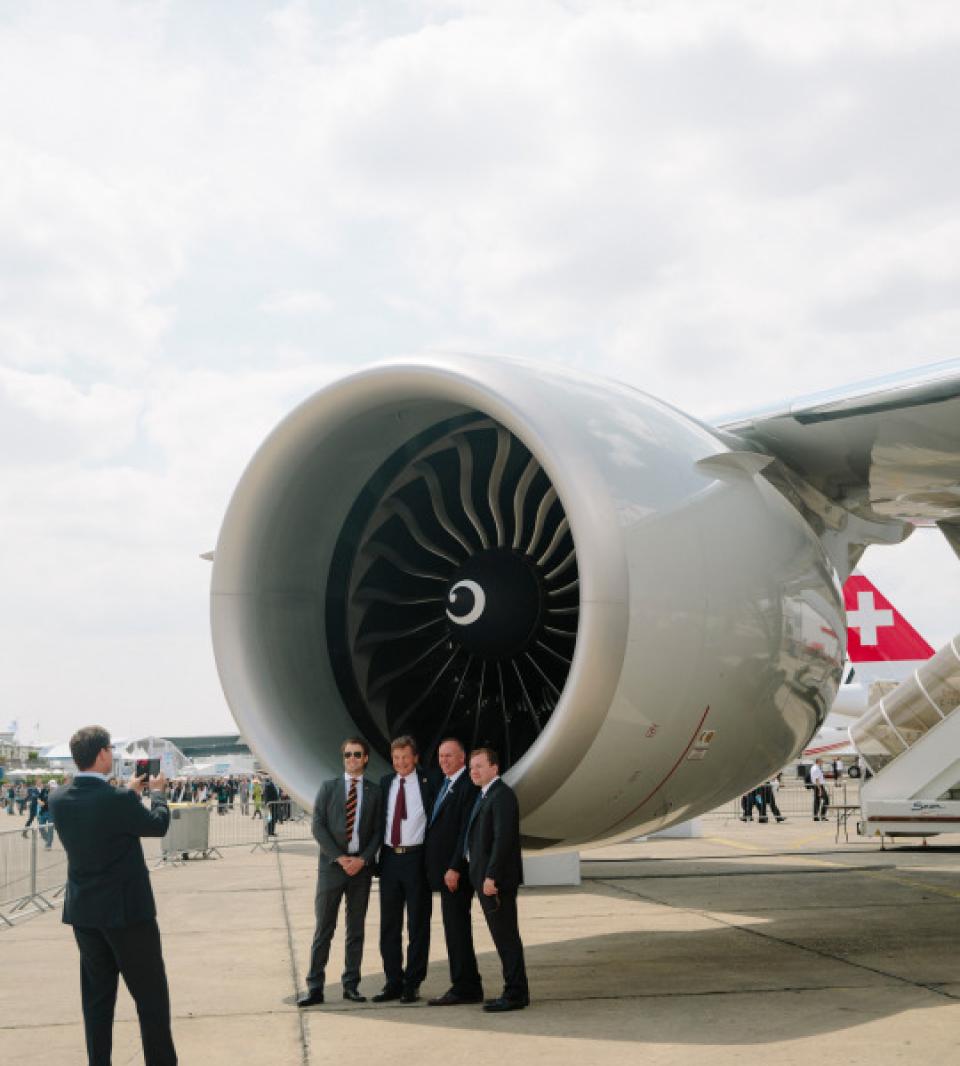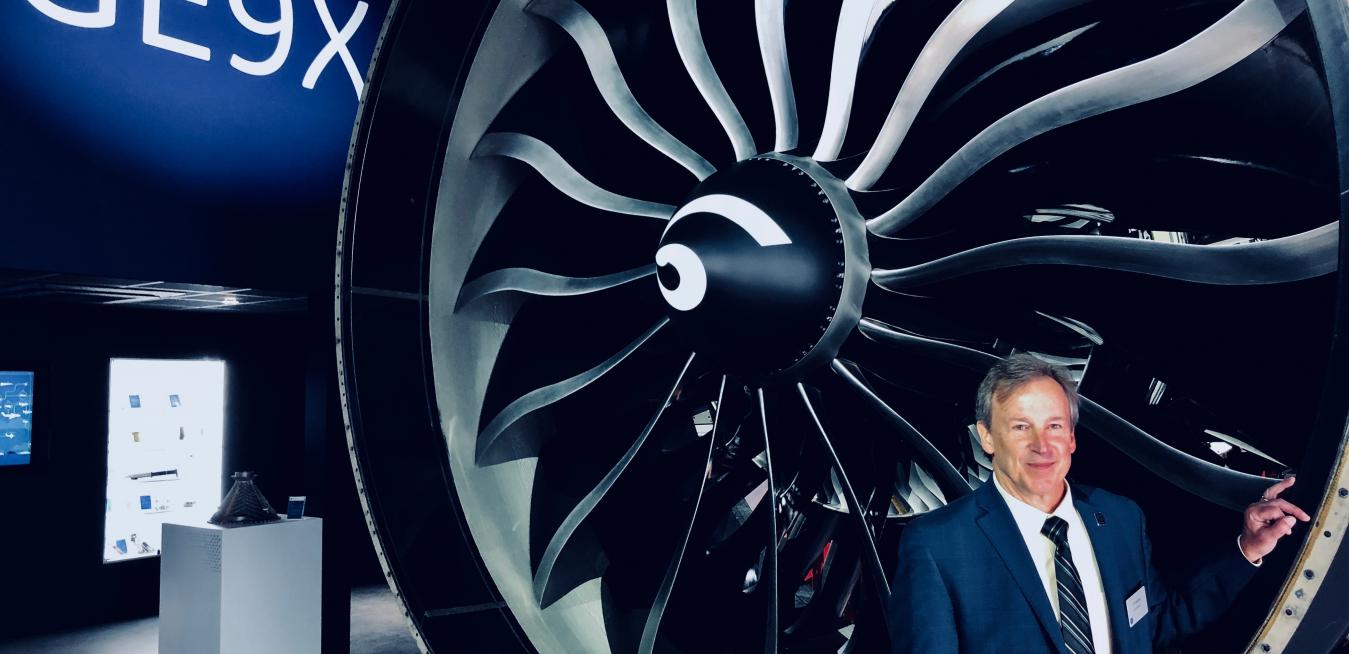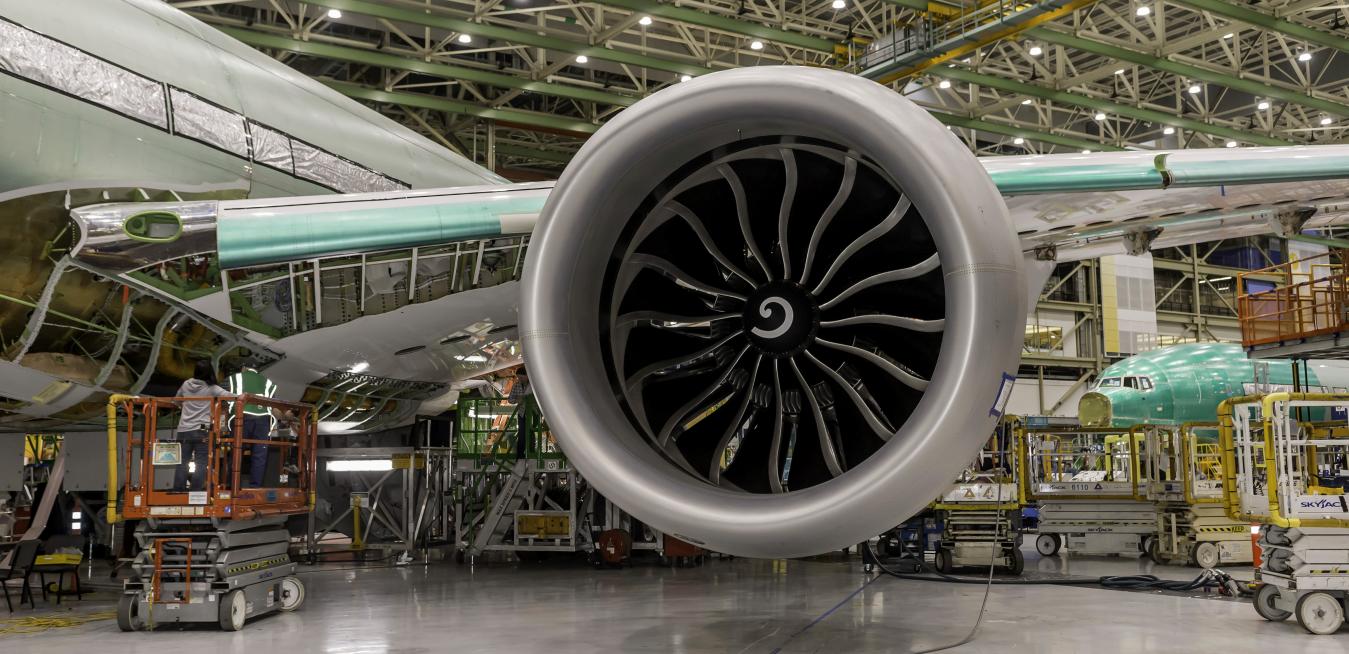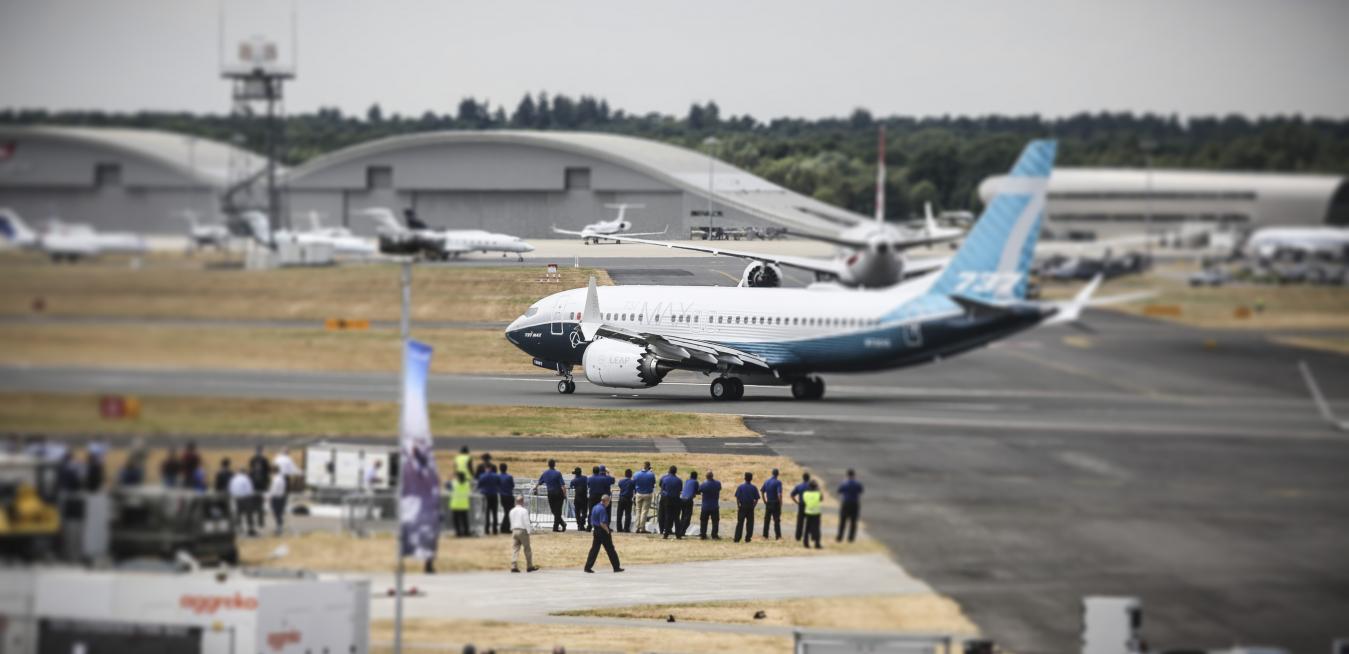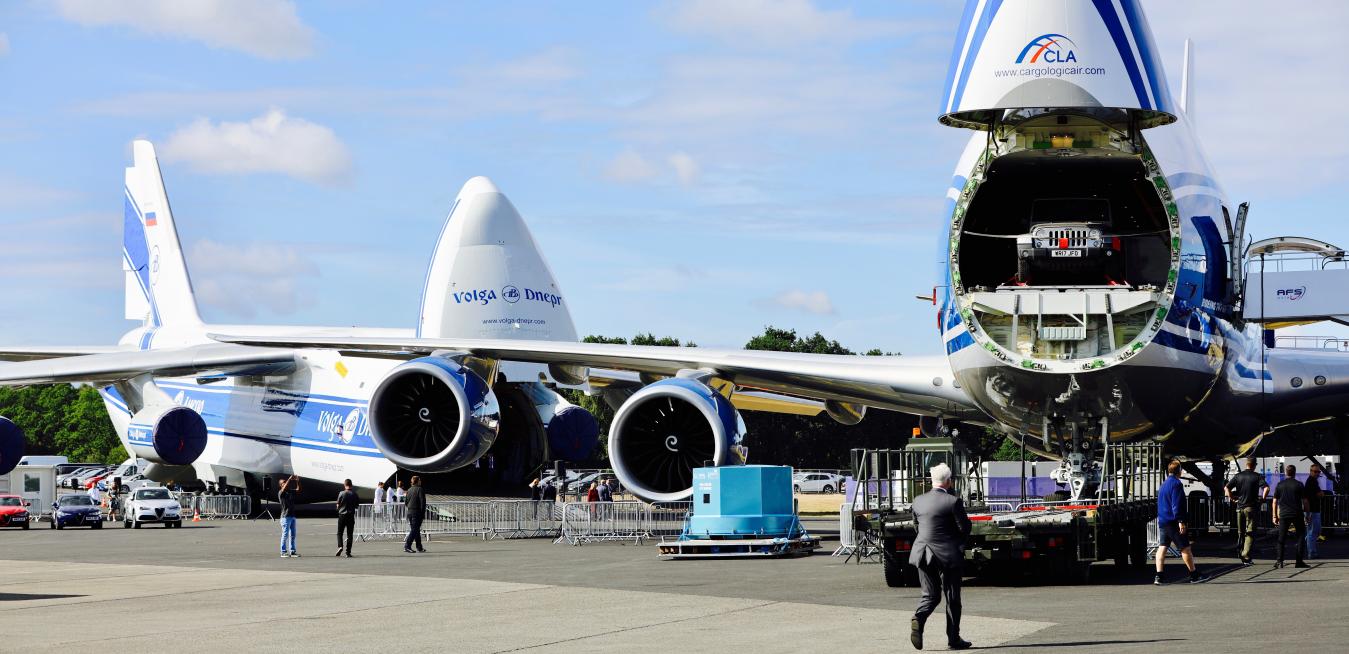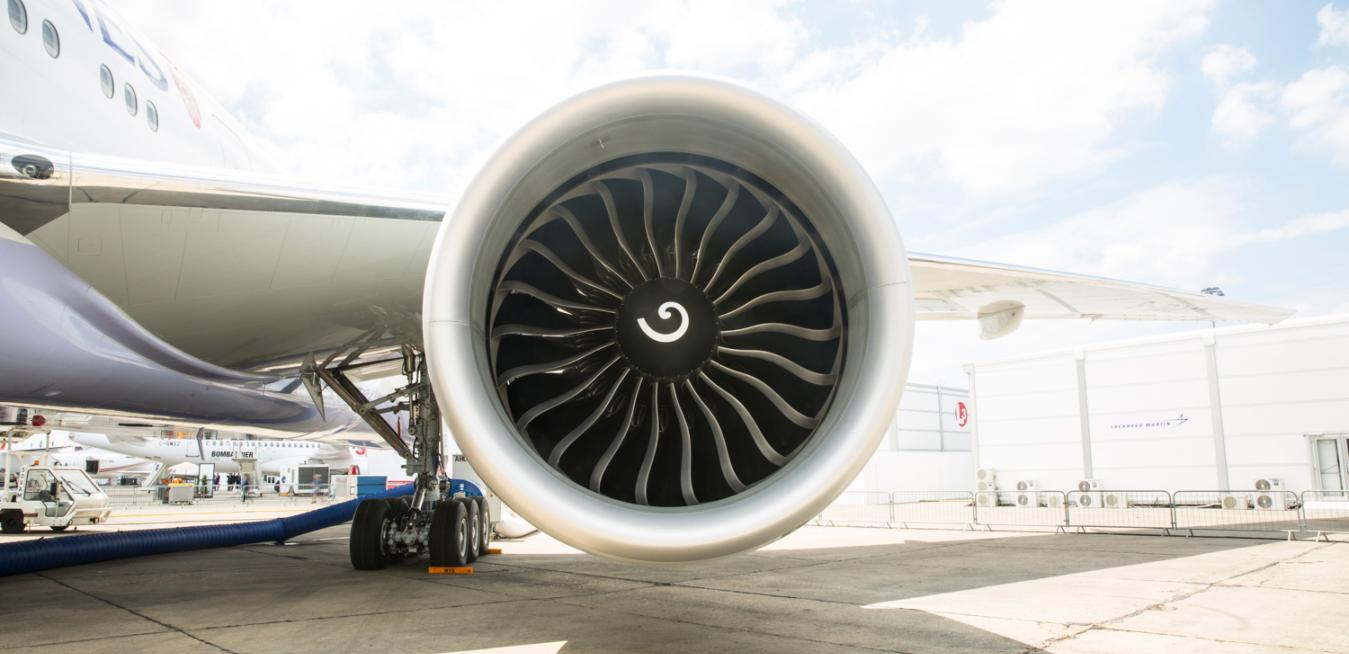Time was, it took four engines to power an aircraft on a long-distance flight — but the GE90 helped change all that. Introduced in the 1990s, the iconic engine allowed large Boeing 777 passenger jets to travel with just two engines, lowering fuel and maintenance costs and ushering in a reinvention of the logistics, economy and aesthetics of jet travel.
The Boeing 777-300ER widebody passenger jet is the workhorse of long-haul aviation. Powered by a pair of giant GE90 engines — for a long time the world’s most powerful jet engine — the planes have allowed airlines to link continents and cities as distant as Los Angeles and Dubai with frequent nonstop flights.
Groundhog Day 1995 will go down in the history books, and not just because Punxsutawney Phil cast no shadow. While the sky was cloudy in Pennsylvania on Friday, Feb. 2, 1995, a new chapter in commercial aviation was dawning by the Ohio River.
When Ted Ingling was growing up in a small town in Michigan, he wanted to be a car mechanic. But the plan didn’t work out, and the world might be a better place for it.
Pilots for Emirates, the Dubai-based air carrier, have always flown straight. Now they’re going to fly “smart,” too: Emirates is adopting a GE Aviation data and analytics platform that will allow airline analysts and pilots to understand how their planes are operating with a high degree of precision, accuracy and automation.
It’s been a week splashed with sunshine at the Farnborough International Airshow — an unusual sight for England in July — but GE Aviation still made it rain. The GE unit that makes aircraft engines, plane components, avionics and other aerospace technology said it and its partner, CFM International, have won orders valued at more than $22 billion at list price.
The award for the most jaw-dropping display at the 2018 Farnborough International Airshow goes to the Russian cargo airline Volga-Dnepr.
We mean it literally.
Nick Kray is no Picasso, yet his work is on display at New York’s Museum of Modern Art. A decade ago, MoMA’s design collection picked up a composite fan blade from the GE90 jet engine that Kray helped create. The blade’s onyx black sinuous curves are pleasing to look at, but for Kray they are no longer state of the art. “We are now working on the fourth generation of that technology,” Kray says.
